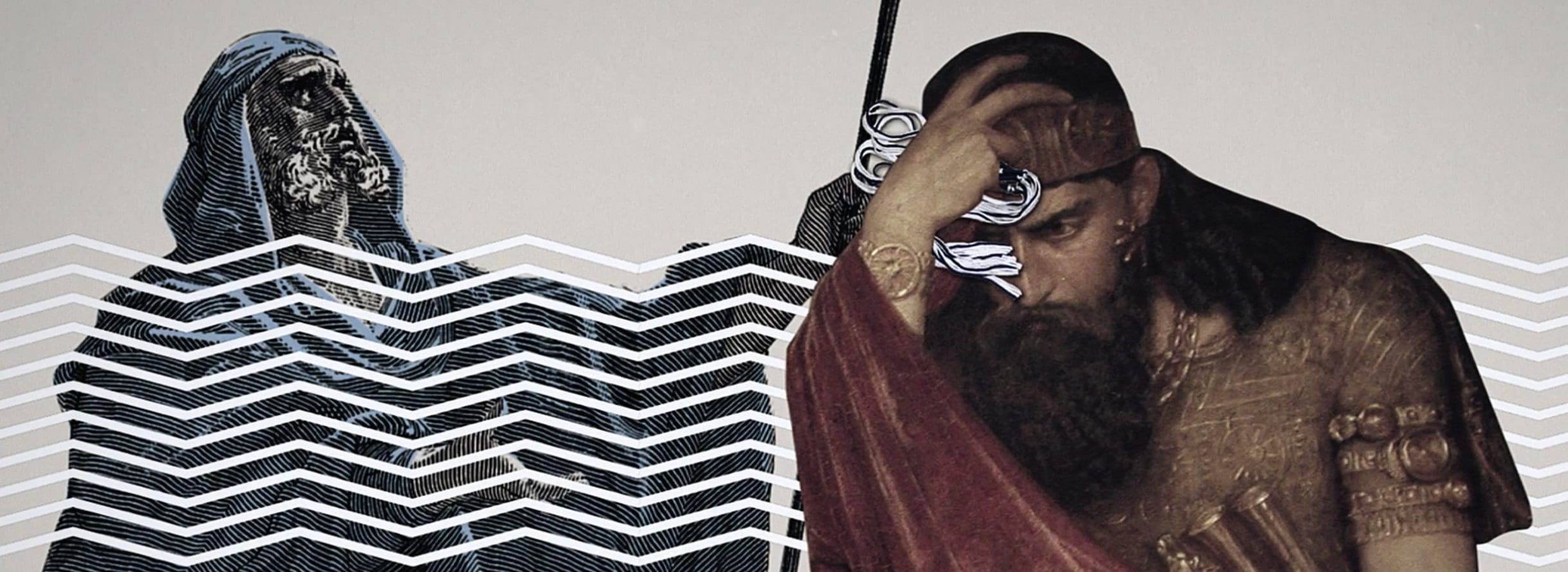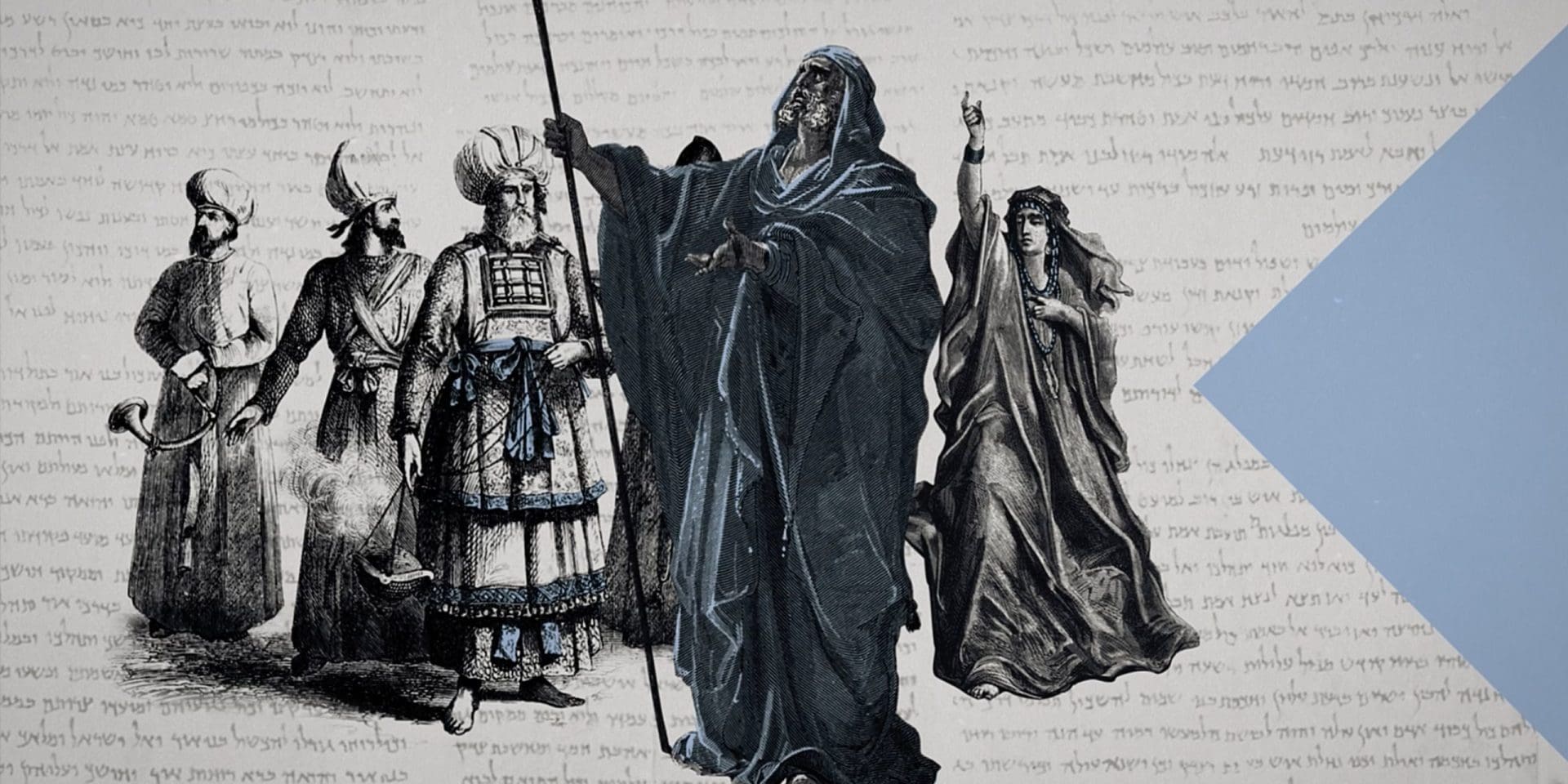Clothing has always been an important part of the human experience. Even from its outset, in the Bible, clothing has had symbolic as well as practical value. The early chapters of Genesis, showcase a fallen and shamed mankind that need to be clothed by God. From here, clothing as a symbol continues to develop in the Scripture, though it is not always explained. And its symbolic use in the Scripture is powerful, though not always explained. From discovered tablets in a few ancient cities (Ugarit, Mari), scholars have translated cultural attitudes towards clothing that can be helpful in proper Biblical understanding.
Mesopotamian documents stress the importance of the hem of garments. The hem was more than a practical reinforcement of an outfit, it was decorated, often ornately, and matched the person’s life status (i.e., married/unmarried), rank, and social standing. In Mesopotamian culture, it was considered an extension of the person themselves, therefore any alterations or damages to the hem were important. For example, in pagan rituals of exorcism, pieces of the hem would be cut off and rituals done to them as if it were the person themselves.[1] Pagan prophets of Mari would send small pieces of their hem to the king as a personal guarantee of their prophecy, or sometimes would impress their hem into clay using it like a signet seal.[2] And, as the final act in Mesopotamian divorce, the husband would remove the hem of his wife, removing her status as married into his household.[3]

In the Bible, Israelites were commanded to add tassels to their hems that incorporated a single blue thread. These tassels with their streak of expensive ancient colour were to remind of the status of Israelites as covenant people, holy to God, following his commandments (Numbers 15). There are also several instances of the hem of garments being removed in the Bible, and it is always seen as a negative or outrageous thing to do. In 1 Samuel 15, Saul accidentally tears the hem of the prophet and priest Samuel, Samuel uses the opportunity to tell Saul that God has likewise ripped the kingdom away from Saul. As you have ripped my identity, God has torn away yours. In 1 Samuel 24, David chooses to cut a piece of Saul’s kingly hem in order to prove that he is not murderous, he does not want to kill Saul. But once he does it, he is overcome with guilt, David will not try to take Saul’s life, nor his kingship, as represented by the hem of his garment.
While hems were no doubt important, clothing as a whole also signified status and position among other things. Take for example how only the priests were to wear linen ephods (Exodus 28, 1 Samuel 2), or how a person’s shoe could represent their responsibility in legal matters regarding property and marriage (Deuteronomy 25, Ruth 4). Royal or kingly clothing as indicative of status is clearly displayed in the Saul and David narratives.


First, a background: Akkadian tablets from the 13th century (city of Ugarit) record an instance of divorce between a king and his queen. Their son, the crowned prince, may also leave with his mother and forfeit his status as next in line to the king, or he may stay. If he leaves, he must remove his clothing and leave it on the throne. His clothing is tied to his role as crowned prince.[4] In the Saul and David narratives, the first kings of Israel, this same concept is present. After Saul is essentially decommissioned as king by God, and David is anointed as the future king, Saul literally disrobes and falls before Samuel. An attempt at assassinating David, ends up with Saul’s kingship being literally stripped from his body (1 Samuel 19).
This also helps explain the covenant between Israel’s crowned prince Jonathan, son of Saul and David (1 Samuel 18). After David delivers Israel from Goliath, a feat that shamed all other men of Israel, Jonathan makes a covenant of peace with David, takes off his clothing and armor, and David puts them on. Jonathan supports David as the new crowned prince of Israel. Jonathan disrobes and gives his clothes and armor to David, supporting David as the new crowned prince of Israel.

Corie Bobechko is a daily co-host, speaker, and writer of Bible Discovery. She also hosts a YouTube channel that shows how history and archaeology prove the Bible. Her heart for seekers and skeptics has led her to seek truth and share it with others. Corie also has a Bachelor of Theology from Canada Christian College.
[1] Milgrom, Jacob. “Of Hems and Tassels,” Biblical Archaeology Review 9.3 (1983): 61–65.
https://www.baslibrary.org/biblical-archaeology-review/9/3/3
[2] Milgrom, Jacob.
[3] Milgrom, Jacob.
[4] Rummel, Stan. “Clothes Maketh the Man—An Insight from Ancient Ugarit,” Biblical Archaeology Review 2.2 (1976): 6–8.
https://www.baslibrary.org/biblical-archaeology-review/2/2/4






